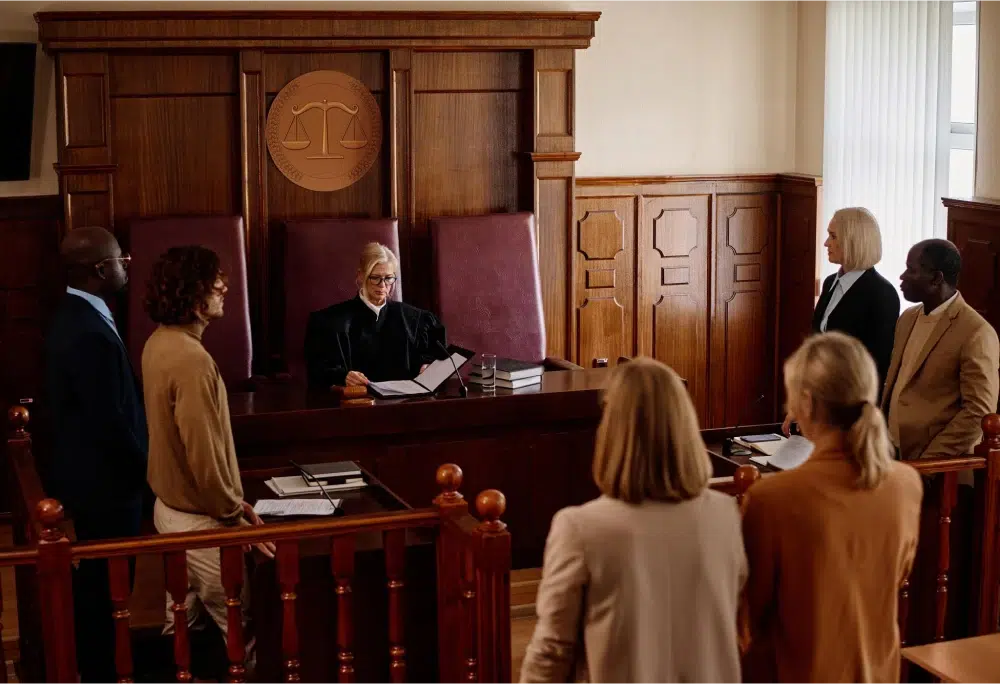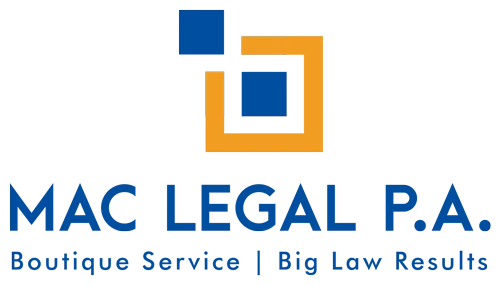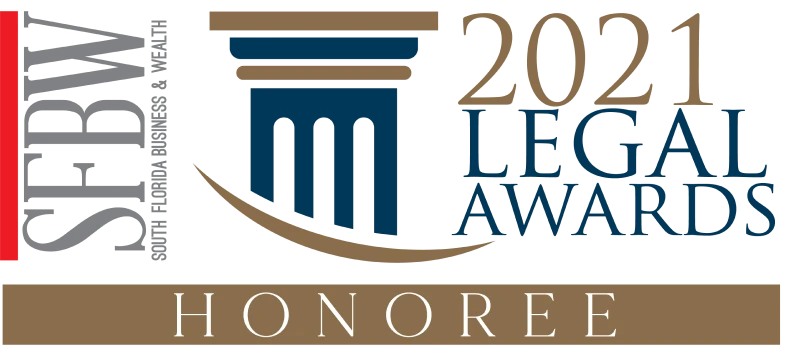Eminent domain is a key part of many big construction and development projects. This power allows the government to take private property for public use, which often causes concern among property owners and attorneys. Based on both common law and constitutional authority, the eminent domain process has a long and complex history in the United States. It’s not just about building highways and utilities, but also the ongoing discussion between private rights and public needs, balancing economic development with individual property rights.
In this article, we’ll look at the history of eminent domain and how it has been used by federal, state, and local governments to shape our cities and landscapes. We’ll discuss the legal challenges and Supreme Court rulings that have defined its boundaries and the ethical debates around compensation and property owner rights.
Our journey will explore examples of eminent domain in building infrastructure and utilities, and we’ll consider future trends that could change this power in the era of economic development and urban renewal. This is about understanding a legal process and how societies balance collective needs with individual rights.
Historical Context of Eminent Domain
Eminent domain, known by other names like compulsory purchase, expropriation, or “taking,” is a legal institution that enables governments to acquire property against the will of its owner for a public purpose. This power has been a fundamental aspect of governance, but its application and reception have evolved over time.

Origin of the Term
The term “eminent domain” was derived from the Latin phrase dominium eminens, meaning “supreme lordship.” This concept was first articulated by the Dutch jurist Hugo Grotius in his 1625 legal treatise De Jure Belli et Pacis. Grotius described eminent domain as an inherent attribute of sovereignty, essential for a government to fulfill its public functions.
Adoption in Various Countries
The practice of eminent domain varies widely across the globe, influenced by cultural, legal, and historical contexts. In the United States, the term “eminent domain” is commonly used, while other terms like “compulsory acquisition” and “expropriation” are used in countries such as Australia, Canada, and most civil-code nations.
In the early years of the United States, the federal government’s power of eminent domain was established through landmark Supreme Court cases. In 1876, Kohl v. United States affirmed the necessity of eminent domain for government functions such as building public buildings and infrastructure. Later, in cases like United States v. Gettysburg Electric Railroad Company, the Court recognized the government’s right to acquire land for public uses like preserving historic sites.
Internationally, many countries incorporate the power of eminent domain into their general legislation without the need for specific eminent domain laws. This approach reflects a realistic use of power that aligns with the administrative and developmental needs of the state.

Over the decades, the scope and application of eminent domain have prompted significant legal and cultural shifts. Notably, the rise of the property rights movement in several states has influenced legislative changes that tend to limit the power of eminent domain, strengthening rights of landowners. Public opinion has also shifted, with increasing resistance to large infrastructure projects that were once symbols of progress, due to growing environmental and social concerns.
In summary, the historical context of eminent domain reveals a complex tapestry of legal evolution, cultural shifts, and ongoing debates over the balance between public needs and private rights. This backdrop sets the stage for understanding current practices and future trends in the application of eminent domain.
Federal Use of Eminent Domain
Eminent domain, enshrined in the Fifth Amendment of the U.S. Constitution, grants both state and federal governments the authority to acquire private property for public use, provided the owner receives just compensation. This principle is vital for the government’s ability to implement infrastructure projects and public services such as schools, utilities, and transportation systems.

Notable Federal Projects
Historically, the federal use of eminent domain has facilitated a variety of significant public projects. For instance, in the landmark case of Kohl v. United States in 1876, the Supreme Court upheld the federal government’s right to seize land for the construction of government buildings in Cincinnati, Ohio. This case set a precedent that affirmed the necessity of eminent domain for governmental functionality.
Another pivotal use of federal eminent domain occurred with the United States v. Gettysburg Electric Railroad Company in 1896, where the government condemned land to preserve the Gettysburg Battlefield. This action underscored the government’s ability to designate land for national significance beyond mere utility.
The early 20th century saw further expansions in the use of eminent domain, with significant acquisitions for national parks and infrastructure projects. During the New Deal era, eminent domain played a large role in establishing projects like the Shenandoah and Great Smoky Mountains National Parks, reflecting a broad interpretation of public use that included recreational and conservation purposes.

Legal Framework
The legal foundations of federal eminent domain are firmly embedded in the U.S. Constitution, which mandates that any government seizure of private property must be for public use and accompanied by just compensation. Over the years, numerous Supreme Court cases have shaped and refined the interpretation of these constitutional requirements.
In Berman v. Parker (1954), the Court expanded the definition of public use to include community redevelopment, even if the immediate use was not accessible to the public at large. This broad interpretation was further cemented in Kelo v. City of New London (2005), where the Court ruled that economic development could be considered a public use under the Fifth Amendment, even if the property was transferred from one private owner to another.

The landmark case of Chicago, Burlington & Quincy Railroad Co. v. City of Chicago (1897) incorporated the Fifth Amendment’s takings clause using the Fourteenth Amendment, ensuring that state and local takings meet the same standards as federal actions.
Federal eminent domain continues to be a powerful tool for achieving public goals, governed by a complex legal framework that balances the needs of development with the rights of property owners. Its application, while sometimes contentious, remains a central element of governmental authority in the United States.
State and Local Applications
Eminent domain, while a federal power, is often executed at the state and local levels, where it impacts communities and individual property owners. Across the United States, this legal authority takes various forms, influenced by state-specific legislation and historical precedents.

Examples from Different States
In North Carolina, the rapid population growth and federal funding from the Bipartisan Infrastructure Law have led to increased use of eminent domain. The state’s Department of Transportation (DOT) is actively widening and constructing new roadways to accommodate modern traffic demands. This has raised concerns among homeowners about fair compensation and the ability to secure comparable housing in the current economic climate.
California, on the other hand, has detailed procedures outlined in its Code of Civil Procedure for eminent domain cases. Before any property acquisition, a resolution of necessity must be adopted following a public hearing. This process makes sure that the property acquisition is needed for public use and that it provides the greatest public benefit, while causing the least private disruptions.

Variations in Application
The application of eminent domain also varies based on the intended public use. For instance, the creation of Central Park in New York during the mid-19th century involved extensive use of eminent domain to clear existing settlements, including Seneca Village, a stable African American community. This historical example highlights the transformative impact of eminent domain on urban landscapes.
In contrast, the Supreme Court case Kelo v. City of New London (2005) expanded the interpretation of public use to include economic development, allowing private properties to be acquired for larger development projects that theoretically benefit the community economically. This widened scope of eminent domain has sparked significant debate and led to varying applications across different states.

State-specific rulings further influence eminent domain practices.
For example, the Supreme Courts of states like Michigan and Ohio have issued rulings to restrict the use of eminent domain for economic development, prioritizing property owners’ rights over developmental ambitions.
Through these varied applications, state and local governments navigate the delicate balance between public benefit and private rights. The ongoing evolution of eminent domain laws at these levels reflects a dynamic legal landscape where public needs and individual rights constantly intersect and evolve
Legal Challenges and Court
Rulings

Supreme Court Decisions
Eminent domain cases often hinge on the interpretation of “public use” and the requirement for “just compensation.” The Supreme Court has historically shown deference to legislative judgments in these areas. For example, in Kohl v. United States, the court upheld the federal government’s right to seize property for government buildings, emphasizing the necessity of eminent domain for governmental functionality.
A significant expansion of the “public use” definition came with the Kelo v. City of New London decision. The Court ruled that economic development could satisfy the public use requirement, allowing property to be transferred from one private party to another if it served a broader economic strategy. This decision sparked widespread debate and led to legislative changes at the state level to restrict eminent domain powers.
Another pivotal case, Hawaii Housing Authority v. Midkiff, addressed the issue of land oligopoly. The Court supported the state’s decision to redistribute land to increase homeownership, viewing it as a permissible public use. Similarly, in the context of infrastructure, the Supreme Court in a recent ruling affirmed the right of a pipeline company to use eminent domain under the Natural Gas Act, overriding state objections.

State Court Decisions
State courts also play a crucial role in shaping eminent domain practices. The scope of judicial review, although limited, remains a critical constitutional safeguard. In City of Norwood v. Horney, the Ohio Supreme Court emphasized the importance of judicial oversight, especially when private property is taken for transfer to another private entity, rather than for state use.
The courts generally require a showing of an impossibility to override a legislature’s determination of public use, as seen in Hawaii Housing Authority v. Midkiff. This deference underscores the balance courts strive to maintain between respecting legislative judgments and protecting property rights.
State-specific rulings have further defined the contours of eminent domain. For instance, following the Kelo decision, over 40 states enacted laws that tightened criteria for eminent domain, reflecting a responsive shift to public opinion and the complexities involved in balancing economic development with property rights.
Ethics and Eminent Domain
Eminent domain remains a contentious issue, often viewed through the lens of ethical considerations that weigh public benefits against individual rights. This section explores the arguments for and against the use of eminent domain, as well as public opinion which plays a crucial role in shaping its application.

Arguments For and Against
Proponents of eminent domain argue that it is an essential tool for governments to facilitate economic development and public projects that benefit the greater community. For instance, the use of eminent domain in Ithaca, NY, for the construction of the Cayuga Waterfront Trail is defended on the grounds that it serves a significant public purpose by enhancing transportation and connectivity for residents.
On the contrary, critics challenge the ethicality of using eminent domain, especially when it leads to the displacement of individuals for projects that are not critical public necessities. The debate intensifies in scenarios where eminent domain is used for private developments under the guise of public benefit, such as in Glendale, Colorado, where a carpet store was seized for the construction of an entertainment complex. Critics argue that this not only undermines the traditional understanding of public use but also disregards the subjective value of property to its owners.

Public Opinion
Public opinion on eminent domain is polarized and varies across different communities and projects. In cases like the Waterfront Trail in Ithaca, the support of the local population can be pivotal. If the majority of the community perceives the project as beneficial, it lends legitimacy to the use of eminent domain. Conversely, if the public opposes the project, citing ethical concerns or a lack of necessity, it could compel city officials to reconsider their approach.
The ethical landscape of eminent domain is further complicated by cases in Detroit, where large areas of property were designated as blighted to facilitate new developments like stadiums. This has led to a lot of displacement and community disruption, raising questions about the fairness and transparency of blight designations.

In summary, the ethics of eminent domain involve a delicate balance between advancing public interests and respecting individual property rights. As this debate continues, it is crucial for governments to engage with and consider the perspectives of the communities affected by such projects.
Future Trends in Eminent Domain

Potential Legislation Changes
Recent legislative efforts highlight a shift towards more stringent control and oversight of eminent domain use. For instance, a bill advanced by an Iowa House subcommittee proposes significant changes that could impact how eminent domain is utilized for utility projects. This legislation would allow state legislators to pause carbon dioxide pipeline permit proceedings, providing landowners with an earlier opportunity to challenge eminent domain requests. Such changes aim to balance the interests of development with the rights of property owners, ensuring a fairer process and potentially reducing conflicts.
Additionally, the bill suggests that groups of state representatives or senators could halt the proceedings of utility permit requests involving eminent domain until a thorough inquiry is conducted. This legislative approach reflects a growing trend where states are taking active steps to regulate the use of eminent domain more closely, especially in cases where the public benefit of the projects is under scrutiny.

Conclusion
So, eminent domain. We explored its history, major legal battles, and the ongoing ethical debates shaping its use today. We found a balance between public need and individual rights, highlighted by important Supreme Court cases and changing laws. Examples from federal, state, and local levels show how eminent domain has changed America’s physical and legal landscape. This information helps people understand when eminent domain can be used and how to navigate this complex legal area.
Looking ahead, eminent domain will likely face more scrutiny and legal changes, reflecting the public’s desire for fairness in property acquisition.

MAC Legal P.A. is a dedicated law firm specializing in consumer protection, civil litigation, and property law. Located in Hollywood, FL, we pride ourselves on advocating for the rights of individuals and businesses. Our team of experienced attorneys is committed to providing professional legal representation and navigating complex legal issues, from eminent domain to class action lawsuits. With a deep understanding of both federal and state laws, we strive to protect our clients’ interests and ensure fair treatment. Contact us today for a free consultation at (754) 253-3452 or visit our office at 4601 Sheridan Street Suite 205, Hollywood, FL 33021.









